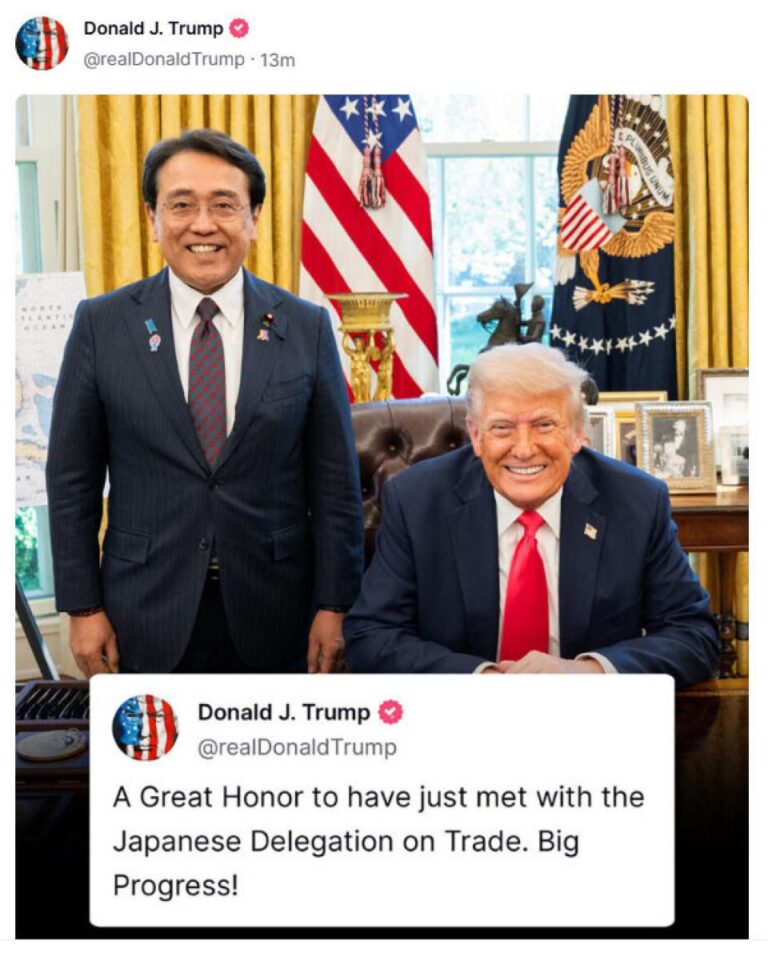Negotiations between the United States and Japan over tariff reductions have hit a significant roadblock, centering on two deeply symbolic and economically sensitive products: automobiles and rice. As trade talks progress, these longstanding points of contention reveal the complexities underlying bilateral efforts to reshape economic ties. The impasse underscores the challenges both countries face in balancing domestic interests with broader ambitions for freer trade, highlighting the delicate dance of diplomacy that continues to define U.S.-Japan relations.
US Japan Trade Negotiations Stall Over Automotive Tariff Disputes
The recent round of discussions between Washington and Tokyo has reached an impasse, largely due to contentious debates over automotive tariffs and agricultural protections. The U.S. administration insists on lowering import duties on Japanese cars to bolster American consumers and manufacturers, arguing that current tariffs distort fair competition. In contrast, Japan remains steadfast in protecting its domestic car industry from what it views as unfair external pressure, emphasizing the sector’s role as a pillar of its economy.
Besides automobiles, rice export restrictions have become a critical sticking point. Tokyo’s long-standing safeguards on rice imports reflect deep cultural and political importance attached to the grain, complicating negotiations further. The main areas of dispute include:
- Automotive Tariffs: The U.S. desires tariff reductions, while Japan seeks to maintain high import taxes.
- Agricultural Imports: Rice export restrictions remain tightly controlled by Japan, limiting U.S. farmers’ market access.
- Market Access Agreements: Differing expectations on reciprocal concessions have slowed progress.
| Sector | U.S. Position | Japan’s Stance |
|---|---|---|
| Automotive | Lower tariffs to 2.5% | Maintain 25% tariff |
| Rice | Increase import quotas | Strict protectionism |
| General Market Access | Reciprocal agreements | Cautious liberalization |
Rice Import Restrictions Fuel Tensions in Bilateral Talks
Diplomatic discussions between the U.S. and Japan have hit an unexpected standstill, largely due to Japan’s stringent rice import restrictions. As a staple in Japanese culture and cuisine, rice enjoys substantial protection under the country’s agricultural policies. U.S. negotiators argue these limitations unfairly restrict American rice exports, complicating efforts to deepen bilateral trade ties. The controversy underscores how deeply domestic political pressures can influence international negotiations, with both sides struggling to find a middle ground that respects Japan’s cultural priorities while opening markets to American producers.
The impact of these restrictions extends beyond economics, touching on broader themes of trade sovereignty and market access. Key points fueling this impasse include:
- Quotas and Tariffs: Japan maintains high tariffs on imported rice, effectively limiting foreign competition.
- Supply Chain Concerns: U.S. exporters face logistical hurdles in complementing Japan’s domestic distribution, affecting market penetration.
- Political Sensitivities: Domestic farming communities in Japan exert strong influence on policymakers, preserving protective measures.
The table below summarizes the comparative trade restrictions that highlight the core of the dispute:
| Category | Japan’s Restriction | U.S. Position |
|---|---|---|
| Tariff Rate | 778% on certain rice imports | Seeks reduction to below 30% |
| Import Quotas | Strict quantitative limits enforced | Advocates for quota elimination |
| Market Access | Limited to minimal distribution via government agencies | Requests direct access for exporters |
Experts Advocate Flexible Quotas and Strengthened Dialogue to Break Impasse
Industry insiders and trade experts stress the urgency of adopting flexible tariff quotas to break the prolonged deadlock between U.S. and Japanese negotiators. Rather than sticking to rigid limits, they propose adaptable measures that can respond to fluctuating market demands and production capacities, which would help smooth trade flows and foster mutual trust. This approach is being hailed as a practical path forward that respects the sensitivities of both sides-particularly regarding Japan’s rice market and America’s automobile exports.
Meanwhile, veteran diplomats highlight the need for a renewed, structured dialogue framework designed to encourage transparency and steady communication. By establishing regular bilateral forums and confidential backchannel discussions, negotiators can defuse tensions before they escalate. Key mechanisms being recommended include:
- Real-time data sharing on trade volumes and compliance
- Mediation by neutral economic experts to bridge differences
- Joint task forces focusing separately on agricultural and automotive sectors
| Proposal | Expected Benefit |
|---|---|
| Flexible Tariff Quotas | Adaptive trade levels, reduced backlog |
| Regular Bilateral Forums | Enhanced trust and quicker conflict resolution |
| Neutral Expert Mediation | Objective assessments easing political pressures |
Key Takeaways
As negotiations between the United States and Japan continue to stall over tariffs on automobiles and rice, both sides face mounting pressure to find common ground. With economic and political stakes high, the outcome of these talks will not only shape future trade relations but also signal the broader trajectory of U.S.-Japan cooperation in a shifting global marketplace. Observers will be watching closely to see whether diplomacy can overcome these entrenched differences or if the impasse will deepen, affecting industries and consumers on both sides of the Pacific.




